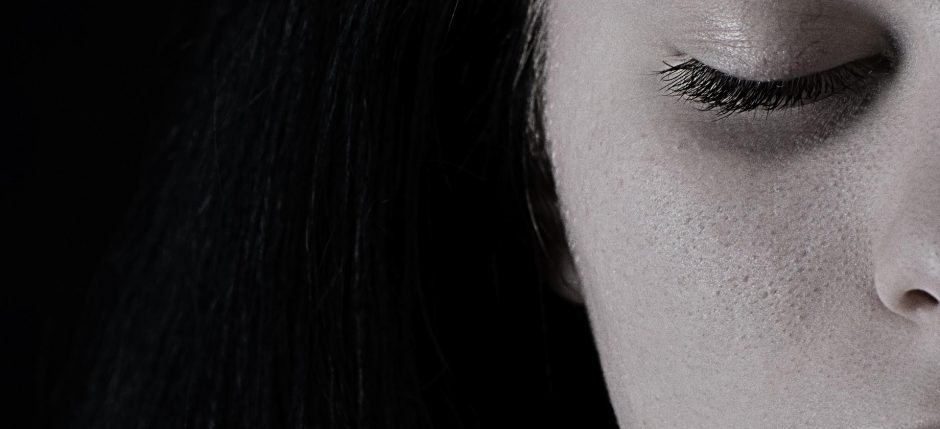
Depression
This frequent yet significant mood illness is known as major depressive disorder (MDD) or clinical depression. As a result of this condition, you will have significant symptoms that impact how you feel, think, and carry out your everyday routines, such as sleeping, eating, or working. The signs and symptoms of depression must be present for at least two weeks before a diagnosis.
It’s possible that some varieties of depression are a little different or that specific conditions cause them.
Dysthymia, another name for persistent depression, is a low mood that persists for at least two years. To be diagnosed with persistent depressive disorder, a person must experience at least two years of depressed episodes and periods of less severe symptoms.
Postpartum depression is a serious illness that differs from the “baby blues” that many new mothers suffer after childbirth. After the birth of a child, women who suffer from postpartum depression develop full-blown severe depression (postpartum depression). Postpartum depression can make it difficult for new moms to care for themselves and their infants because of the overwhelming grief, anxiety, and weariness they feel.
Psychopathic depression occurs when a person suffers from severe depression with psychotic symptoms, such as having unsettling false fixed beliefs (delusions) or hearing or seeing upsetting things that others cannot hear or see (hallucinations). The depressing “theme” of the psychotic symptoms, such as illusions of guilt, poverty, or disease, is common.
It’s darkest in the winter, and seasonal affective disorder occurs, which is characterized by the development of depression. During the spring and summer, this depression usually subsides. Symptoms of seasonal affective disorder, including social disengagement, increased sleep, and weight gain, reoccur yearly.
If you’ve ever had an episode of extremely low mood that met the criteria for “bipolar depression,” then you’ve got bipolar disorder, which is why it’s on our list. However, “mania” or a milder variation known as “hypomania” are symptoms experienced by those with bipolar disorder who also have extremely high – euphoric or irritable – moods.
Factors that enhance the risk of disease
Depression is a widespread mental health problem in the United States. Depressive disorders may be caused by a complex interaction of biological, psychological, and hereditary factors.
In maturity, depression is most common, but it can occur at any age. In children and teenagers, depression is now acknowledged as a possible symptom. However, it may be more evident in the form of irritation than poor mood. Adults with chronic mood and anxiety problems often begin with childhood anxiety.
Depression and other significant medical conditions, including diabetes, cancer, heart disease, and Parkinson’s disease, are common among middle-aged and older persons. Depression exacerbates many of these symptoms. Medications used to treat certain physical ailments can also have negative side effects, such as depression. A doctor who has dealt with these kinds of issues before can be invaluable in determining the best course of action.

Recent Comments